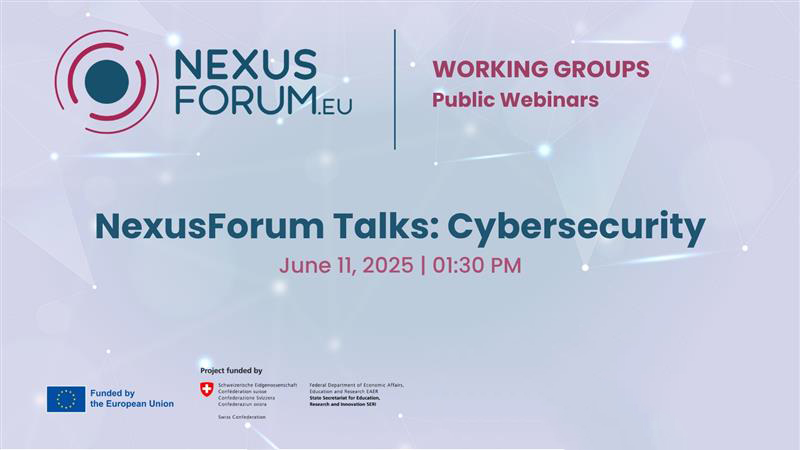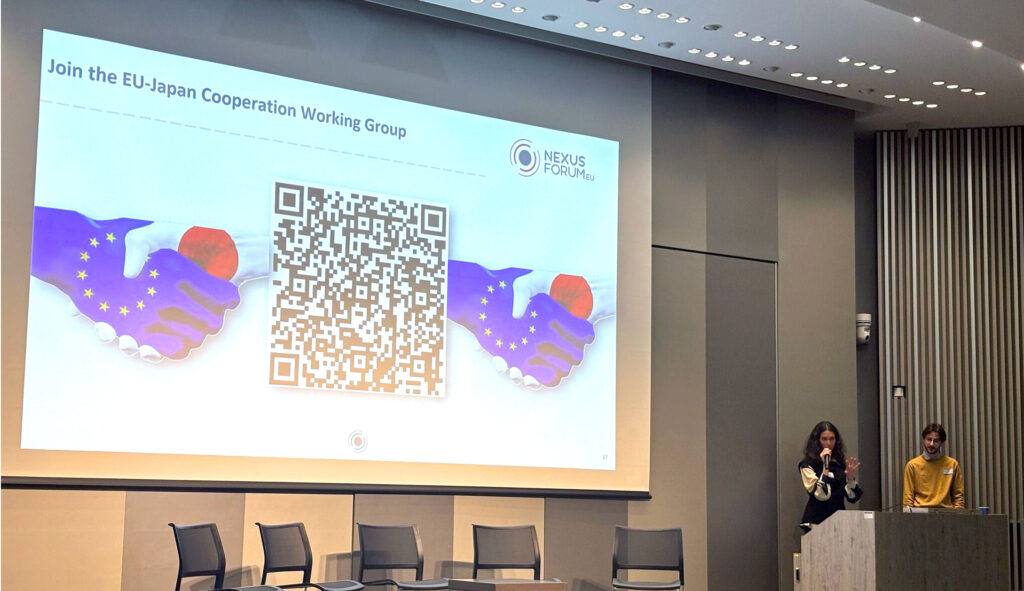In the context of the European initiative EUCEI, INSIDE Industry Association recently launched the 2024 RIAs Challenge. INSIDE Industry Association is a partner of EUCEI, an initiative composed of two CSAs, Open Continuum and UNLOCK-CEI, whose intention is to build a European continuum among the industries involved in edge, IoT and cloud technologies and applications.
The 2024 RIAs Challenge has been organised to highlight Research and Innovation Action projects (RIAs) within the “Edge to Cloud Continuum” which has achieved relevant results and encouraging exploitation opportunities. With its launch at the close of January 2024, this initiative gathered forward-thinking project proposals from numerous consortia and, following meticulous deliberation, we are pleased to unveil the distinguished winners of this initiative. These outstanding projects will be celebrated at the forthcoming ECS Brokerage Event 2024, on 20 and 21 February in Brussels, at the Edge to Cloud Continuum space. We decided to organise the 2024 RIAs Challenge in conjunction with the ECS Brokerage Event 2024 to allow the selected projects to showcase their added value, potential impact and innovation, and to build a bridge with the industry to encourage the exploitation of their significant results.
WINNERS

NEPHELE
What is your project about?
NEPHELE is an RIA (Research and Innovation Action) project funded by the Horizon Europe programme under the topic “Future European platforms for the Edge: Meta Operating Systems”. Its vision is to enable the efficient, reliable and secure end-to-end orchestration of hyper-distributed applications over programmable infrastructure that is spanning the compute continuum from Cloud-to-Edge to IoT, removing existing openness and interoperability barriers in the convergence of IoT technologies against cloud and edge computing orchestration platforms, and introducing automation and decentralised intelligence mechanisms powered by 5G and distributed AI technologies.
What areas of research does your project cover?
We cover the research areas of orchestration mechanisms for the computing continuum, virtualisation of IoT devices, the convergence of IoT technologies with edge and cloud computing technologies, and the interoperability of IoT technologies. Machine learning techniques are used for the development of the various orchestration mechanisms.
How would you describe your project's added value, impact, innovation and results?
The NEPHELE project introduces two core innovations, namely: 1. An IoT and edge computing software stack for leveraging the virtualisation of IoT devices at the edge part of the infrastructure and supporting openness and interoperability aspects in a device-independent way. Through this software stack, the management of a wide range of IoT devices and platforms can be realised in a unified way, avoiding the need for middleware platforms, while edge computing functionalities can be offered on demand to efficiently support the operations of IoT applications. 2. A synergetic meta-orchestration framework for managing the coordination between cloud and edge computing orchestration platforms, through high-level scheduling supervision and definition, based on the adoption of a “system of systems” approach. The NEPHELE outcomes are going to be demonstrated, validated and evaluated in a set of use cases across various vertical industries, including areas such as disaster management, logistics operations in ports, energy management in smart buildings and remote healthcare services. The NEPHELE outcomes are going to be made available as open-source and provided for adoption and extension to the research community.
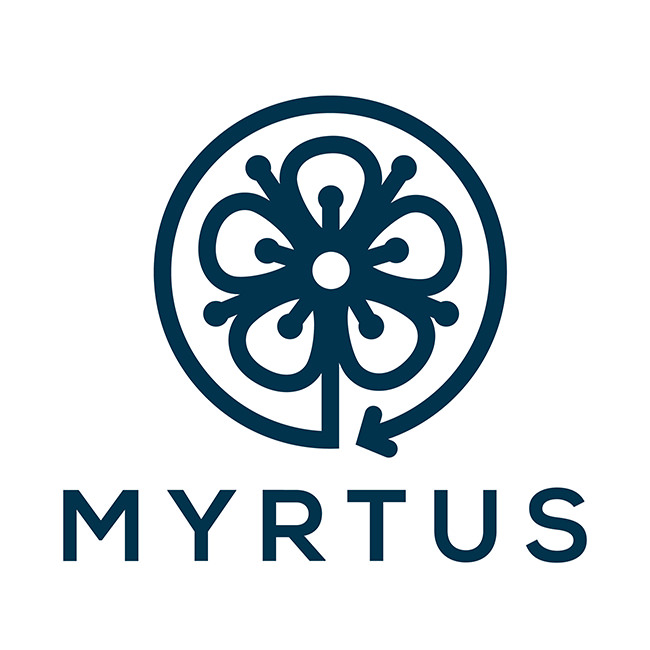
MYRTUS
What is your project about?
MYRTUS aims to unlock the new living dimension of CPS, embracing the principles of the TransContinuum Initiative, integrating edge, fog and cloud computing platforms. MYRTUS leverages an AI-powered cognitive engine to orchestrate collaborative distributed and decentralised agents and components. Additionally, components must be augmented with interface contracts covering both functional and non-functional properties.
What areas of research does your project cover?
Computer sciences; Information science; Bioinformatics; Computer hardware and architecture; Design environment; Dynamic orchestration; Computing continuum; Interoperability; AI.
How would you describe your project's added value, impact, innovation and results?
MYRTUS contributes to creating new knowledge in the computing continuum domain, with methodologies and tools for node execution and processing portability over edge-fog-cloud, including dynamic and seamless orchestration. The goal is to become a reference in the computing continuum, offering solutions that overcome the problem related to vendor/platform lock-in, therefore promoting and facilitating the adoption of MYRTUS technologies among startups and SMEs, reducing their development time and cost. MYRTUS embraces the sustainable and responsible computing paradigm, promoting obsolescence avoidance (supported by MYRTUS principle of openness, interoperability, and portability) and resource saving and energy efficiency (supported by HW specialisation and optimisation techniques). Collaboration is a key driver of innovation and knowledge exchange that can lead to more efficient research outcomes and a better understanding of the broader research landscape. MYRTUS has a strategy to establish synergies with other projects and initiatives, including important associations (HIPEAC, INSIDE, Gaia-X, etc.), technology communities, the IPCEI initiatives and the projects that will be funded in the upcoming Cluster 3 calls.
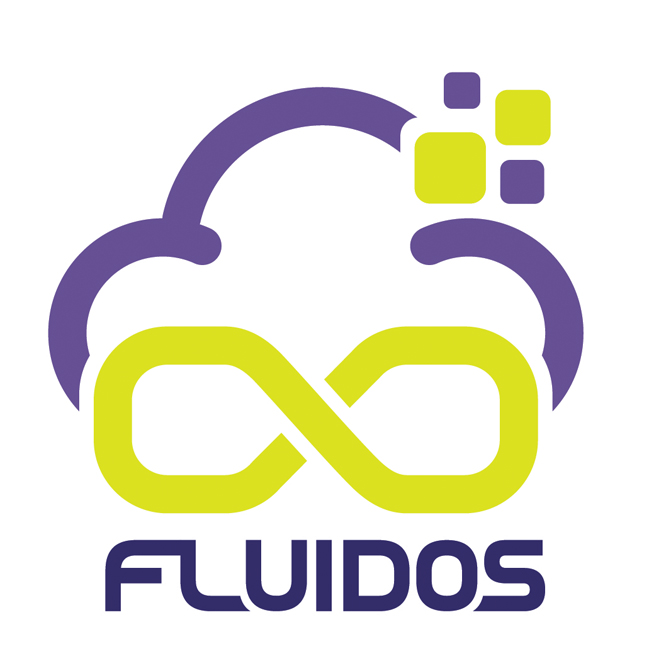
FLUIDOS
Website: https://www.fluidos.eu
Contact person: Alexia Zafeiropoulou
What is your project about?
FLUIDOS (Flexible, scaLable, secUre, and decentralIseD Operating System) is an innovative initiative working towards a dynamic and trustable cloud to edge to IoT continuum. FLUIDOS develops a software framework with modular components that can adapt to different hardware/software platforms. It enables a single FLUIDOS node (either an individual device, an edge server or a cloud cluster) to support and expose a wide range of resources and services, which can be seamlessly shared and consumed by other nodes, either nearby or remote. The project’s vision for the future is based on five essential aims: (1) fluidify edge and cloud computing through decentralised, autonomous resource integration; (2) shift computing gravity beyond data centres, fostering cross-provider community computing; (3) orchestrate services based on energy efficiency parameters using AI; (4) implement a Zero-Trust security approach for authenticated, authorised access to dispersed resources; and (5) cultivate a multi-stakeholder edge services market, promoting European digital autonomy.
What areas of research does your project cover?
On a wider level, FLUIDOS covers the following research areas: -Open Source Computing Continuum -Cloud Computing-Edge Computing-Internet of Things. More specifically, FLUIDOS has three main use cases: 1. Intelligent Power Grid – Energy; 2. Smart Viticulture – Agriculture; 3. Robotics Logistics. FLUIDOS envisions extending these use cases to cover other research areas such as Software-Defined Vehicle (SDV) in the automotive industry.
How would you describe your project's added value, impact, innovation and results?
The IT landscape has evolved into a world of hyperconnectivity, where devices and information systems communicate and exchange data on numerous applications. FLUIDOS’ added value derives from the ability to leverage the enormous, unused processing capacity at the edge, scattered across heterogeneous edge devices that struggle to integrate with each other and to form a coherent seamless computing continuum. FLUIDOS seeks to create impact through a user-centric, intelligent system that optimises design, functionality, security, privacy, cost-effectiveness, carbon footprint and resource sharing in various domains by: (1) developing a software platform with modular components that can adapt to different hardware/software platforms and enable a single node to support and expose a wide range of resources and services; (2) establishing a decentralised architecture where FLUIDOS instances interact horizontally and vertically, enabling seamless orchestration across devices, edge and cloud, supporting hyper-distributed applications and non-cloud services; (3) ensuring secure interactions within its infrastructure through a zero-trust approach through the employment of security mechanisms, hardware security anchors, and AI-based techniques for attack detection and mitigation while preserving user privacy; (4) developing an energy- and carbon-aware computing model to optimise energy consumption, carbon emissions, and costs through the utilisation of lightweight computing nodes, carbon-aware orchestration, and harmonised energy information protocols; (5) allowing different actors to choose between sharing, selling or renting resources and services, thereby supporting intermediate brokering systems, open protocols, and resource and service-sharing standards across administrative/business domains; and (6) fostering an open and collaborative ecosystem involving developers, users and stakeholders, whereby participation in industry-driven events, contributions to open-source communities and the establishment of a community of early adopters is encouraged. Among the flagship tangible results in FLUIDOS, we can cite: (a) the REsource Advertisement and Reservation protocol (REAR), that enables FLUIDOS nodes to advertise, negotiate, reserve and acquire resources (e.g., CPUs) and services (e.g., DB-as-a-service); (b) the meta-orchestrator for resource and service placement supporting different optimisation strategies; (c) the infrastructure-oriented, dynamic and transparent computing continuum based on the Liqo.io open-source project, including strong security characteristics; and (d) the policy-oriented orchestration framework to facilitate the seamless deployment and orchestration of resources and services.
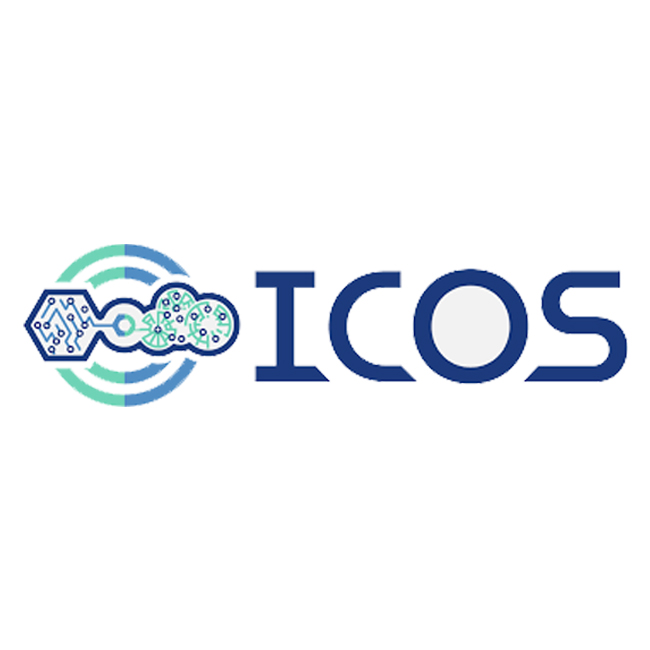
ICOS
What is your project about?
The unstoppable proliferation of novel computing and sensing device technologies, and the ever-growing demand for data-intensive applications in the edge and cloud, are driving the next wave of transformation in computing systems architecture. The resulting paradigm shift in computing is centred around dynamic, intelligent and yet seamless interconnection of IoT, edge and cloud resources in one computing system, to form a continuum. A continuum, today also referred to as cloud continuum, IoT continuum, edge-to-cloud or fog-to-cloud, is expected to provide the means for data processing both in the edge and cloud, while inferring and persisting important information for post-mortem and offline analysis. We envision a holistic approach towards the solutioning of this technology trend in future systems, by architecting, designing and implementing the continuum as extensible, open, secure, adaptable, AI-powered as well as highly performant and technology agnostic, managed through a metaOS: IoT2Cloud Operating System (ICOS).
What areas of research does your project cover?
The ICOS project covers the set of challenges that emerge when addressing the continuum paradigm, proposing an approach embedding a well-defined set of functionalities, resulting in the definition of an IoT2Cloud Operating System. Indeed, ICOS is designing, developing and validating a meta operating system for the continuum, addressing the following challenges: i) the volatility and heterogeneity of devices, continuum infrastructure virtualisation and diverse network connectivity; ii) optimised and scalable service execution and performance, as well as consumption of resources , including power consumption; iii) guaranteed trust, security and privacy; and iv) reduction of integration costs and effective mitigation of cloud provider lock-in effects, in a data-driven system built upon the principles of openness, adaptability, data sharing and a future edge market scenario for services and data. Everything is demonstrated through four use cases in different domains: In-car advanced infotainment and multimedia management system; Agriculture operational robotic platform; Railway structural alert monitoring system; and Energy management and decision support system.
How would you describe your project's added value, impact, innovation and results?
The main ICOS result consists of three key layers: Meta-Kernel, Security and Intelligence layers, as well as two additional modules, ICOS Shell and Data Management. The Meta-Kernel Layer is responsible for providing the principal OS functionalities to the continuum. It closely integrates with the Security Layer responsible for guaranteeing security and trust provisioning, as well as with the Intelligence Layer that will enrich any action to be taken with innovative AI approaches. Moreover, ICOS also includes a Shell to interface users as well as Data Management to handle all data related issues. Thus, the main innovations and impact can be summarised as follows: An open, intelligent, multi-platform, plug-and-play and technology-agnostic meta operating system encompassing a green orchestration strategy to suit the specific technical and business needs and requirements of a smart continuum scenario. Novel, autonomous, intelligent and adaptable data and resource utilisation methods enhancing the abilities of app developers to take advantage of all continuum resources. * A trustworthy set of resources offering security, resilience, reliability and privacy functionalities in the continuum. Everything is included in an open innovation environment to facilitate the engagement of the scientific and engineering community.

